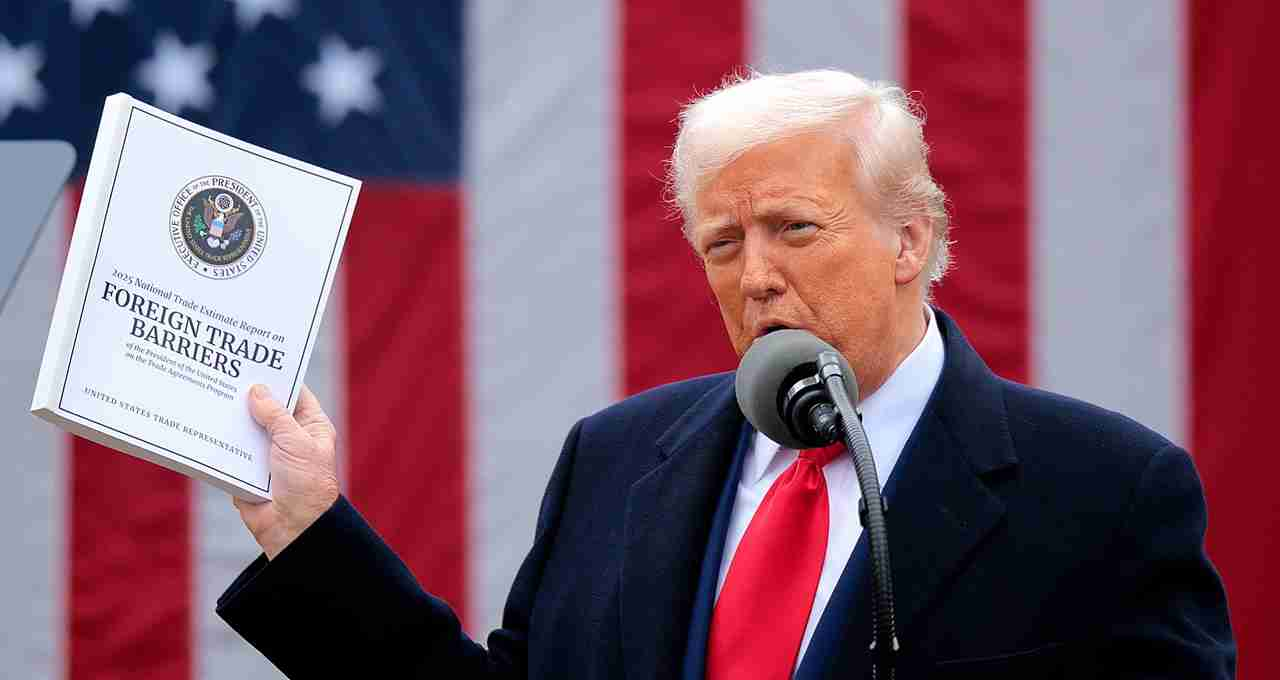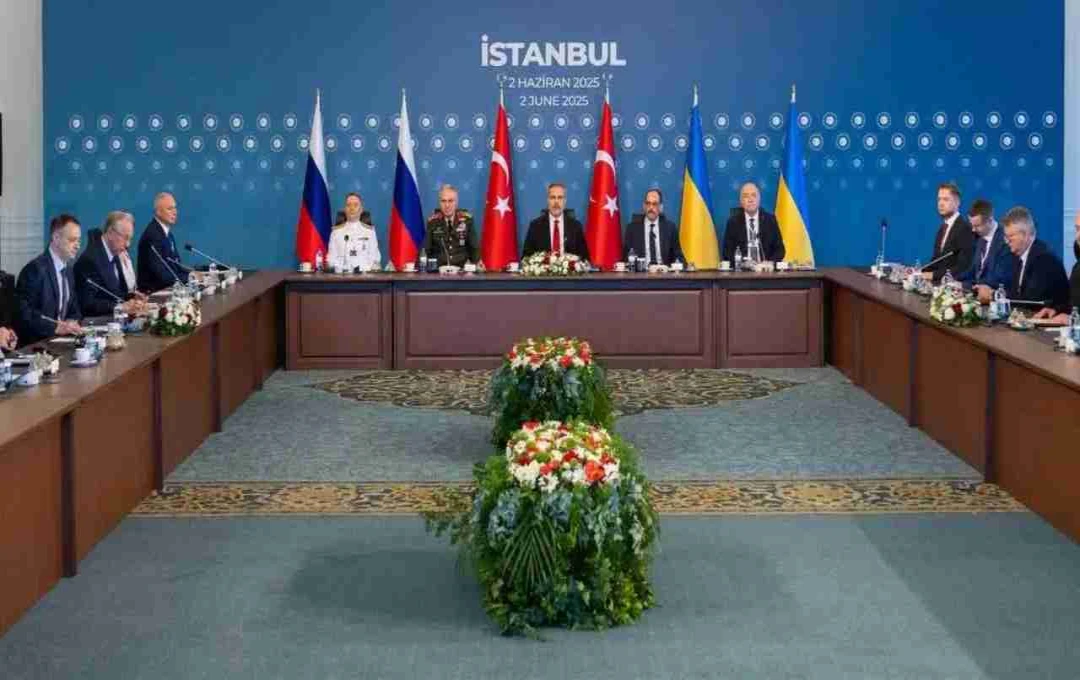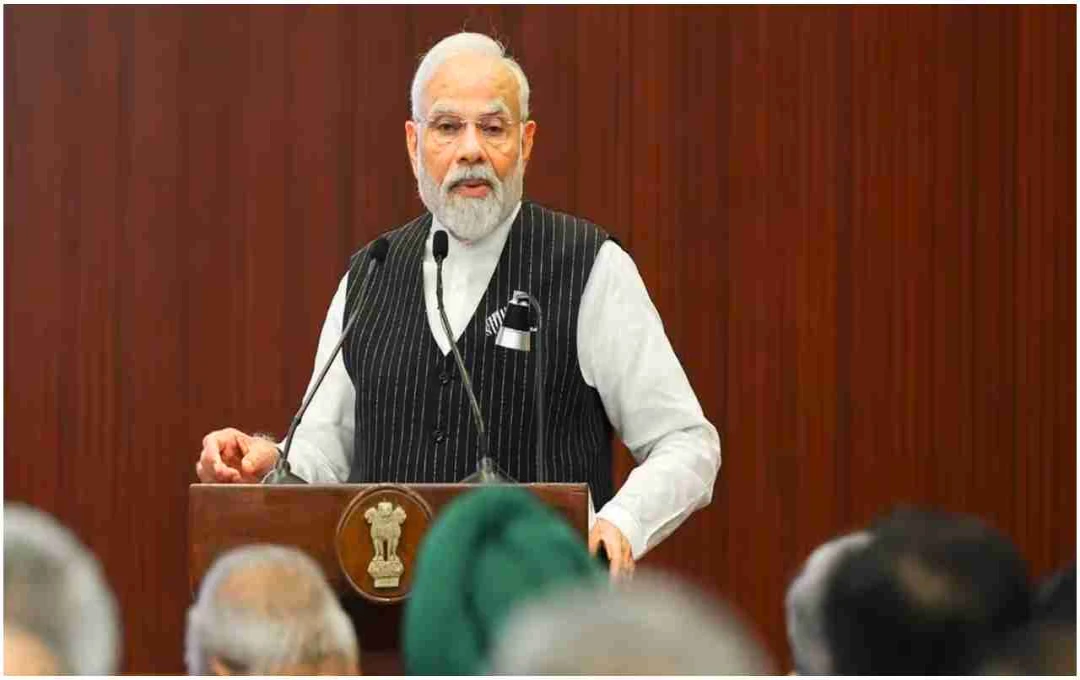The Trump administration has requested that other countries submit their best trade proposals by Wednesday. The aim is to expedite negotiations with multiple trade partners before the five-week deadline for re-implementing tariffs.
Washington: The administration of President Donald Trump in the United States has taken a significant new step regarding trade policy. It has urged several countries to submit their best trade offers to the US by Wednesday to finalize negotiations on tariffs (import duties) in a timely manner. This action is part of a shift in America's trade strategy and an attempt to maintain balance in the global market.
The Trump administration aims to conclude complex trade negotiations before the July 8th deadline for implementing tariffs, aiming for stability in both the American economy and global trade.
The Trump Administration's Plan and the Background of Trade Negotiations
In recent months, the US administration had begun imposing tariffs in trade disputes with several major countries, including China, the European Union, Canada, and Mexico. This increased global trade tensions and caused instability in stock markets. In response, Trump imposed a 90-day moratorium on tariffs on April 9th to allow for negotiated solutions. Now, he wants trade partners to submit their best offers as soon as possible to resolve this complex issue quickly.

A draft document prepared by the Office of the United States Trade Representative clarifies the administration's desire to conclude trade negotiations within the deadline. The document requests that trade partners present concrete plans to reduce tariffs and eliminate non-tariff barriers to increase purchases of American industrial and agricultural products.
Strategy to Accelerate Negotiations Before Tariff Implementation
According to the Trump administration's strategy, trade partners have been asked to submit their "best and final" offers by Wednesday. The aim is to accelerate negotiations before the five-week deadline for implementing tariffs. Officials believe that such negotiations will not only provide relief to American industries but also ease the path for global trade.
Several economic advisors, including White House senior official Kevin Hassett, have expressed confidence that some agreements will be finalized soon. However, so far, only a major agreement with the UK has been reached. Negotiations with other countries remain complex, and the Trump administration is increasing pressure by sending draft letters.
Key Points of the Draft Document
The draft document clearly states that the US wants answers from its trade partners on the following points:

- Proposals to increase purchases of American agricultural and industrial products
- A clear roadmap for reducing and eliminating tariff rates
- Measures to improve non-tariff barriers, such as customs clearance, technical standards, licensing, etc.
- Plans to increase transparency in trade and ensure a level playing field in the market
- Agreement on these points will benefit American consumers, farmers, and industries, while also boosting America's export capacity.
Ongoing Disputes Over Tariffs in Courts
The Trump administration recently requested that US appellate courts stay decisions challenging the President's authority to impose tariffs. Some courts had ruled that the President exceeded his authority by imposing excessive tariffs. The administration argues that such decisions seriously jeopardize America's global trade negotiations and could harm economic stability.
This initiative by the Trump administration will impact not only the US but also the global trade system. If negotiations on tariffs are successful, tensions between many countries will ease, and economic cooperation will increase. This will strengthen global supply chains and bring stability to markets.















